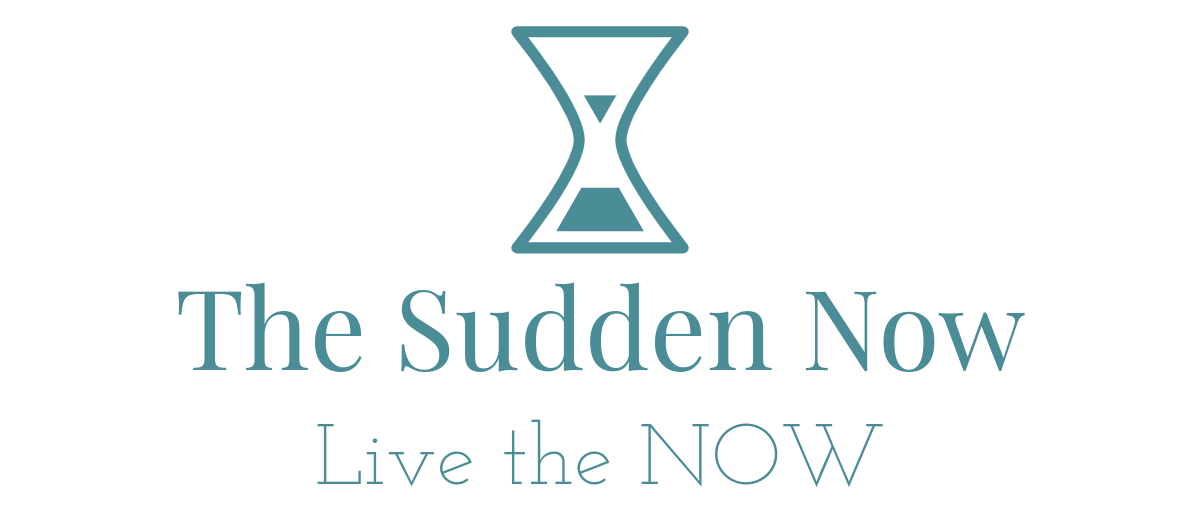
“The more you value yourself, the healthier your boundaries are.” ~Lorraine Nilon
I want to talk about the direct correlation between boundaries and self-love. Because when we truly love ourselves and have a healthy self-worth and self-concept, setting boundaries becomes a natural extension of that.
Without boundaries, we either become walled off and protect ourselves from others, which creates a sense of deep isolation and loneliness, or we become enmeshed with others. We often find ourselves living on their side of the street, working overtime to manage, fix, caretake, or be needed by them, all while neglecting ourselves and our personal well-being and needs.
As children, we were often rewarded for being relational, compliant, quiet, agreeable, easy, and invisible. The underlying message was that we didn’t deserve to have ownership of ourselves.
As long as we did what the big people said, we were in their good graces, but if we crossed that line, then we were in trouble. Because that hurt and brought up so much shame for us, the alternative was to disconnect from our authentic selves. We became people who played a part merely to gain acceptance and approval, but at the detriment of our own needs and desires.
I personally have been on both sides of the coin. I was boundary-less for much of my life, giving and giving to others, unable to stand up for myself and my own personal needs.
A great example of this was when my husband and I went on vacation many years ago. We had a great time, but upon returning home I experienced an almost debilitating sadness and anxiety.
I remember being uncomfortable in my own body to the point of wanting to crawl right out of my skin. As I sat with the uncomfortable sadness, I realized that it was deep grief.
While I was on vacation, I felt free. I felt an ease about what I wanted to do each day and how I wanted to spend my time. In my regular ‘not on vacation’ life, I felt stifled and obligated to everyone.
I realized I was living someone else’s life. I had built a life that others looked at and thought, “Wow, she’s got it all,” but it wasn’t the life that felt true to me. The grief I met that day came from meeting the realization of how I lived for everyone but me.
I had checked all the ‘right’ boxes of what my parents wanted and what society expected of a good girl, but I was miserable.
After this experience, it still took me a while to get a handle on my overpleasing and appeasing. Eventually, after having fried adrenal glands twice from my constant over-giving, over-serving, and endless worry of what others thought of me, I flipped the pendulum to the other extreme and began to build a wall. I was tired of everyone taking advantage of me and asking me for my energy.
“No” became my personal mantra—until I woke up one day realizing how incredibly isolated and alone I felt. I had protected myself to the point of shutting everyone out.
We are hardwired for connection, for community, for a group of people in which we feel we belong. Our nervous systems operate beautifully when we feel safe with others and are able to experience a dance of co-regulation.
We want to move toward healthy boundaries, which are flexible, fluid, and give us the chance to shift and change. Healthy boundaries aren’t completely loose and open, but they aren’t to the other extreme of being closed off and guarded.
Boundaries and attachment style go hand in hand. Our earliest attachment was with our mothers, or primary caregivers.
If we had a mother who met us in our time of need with compassion, a friendly face, and consistency, we built what is called a secure attachment.
If we didn’t have this experience and our mother was unfriendly, shut down, cold, inconsistent, and not able to attune to our feelings and emotions as children, we created something called an insecure attachment. As adults with this deep well of insecurity, there is a good chance we are looking to have another adult meet our needs or fill this hole in our soul.
My own mother controlled the emotional climate in the home. Just a tightening of her jaw and a furrow of her brows and I was instantly walking on eggshells. Being raised in such an emotionally shut down and rigid home, I carried the belief with me that I was responsible for everyone else’s feelings, and if someone else was upset, I believed it was my fault.
I wasted hours, days, and weeks worrying if someone was upset with me or disliked me. I had a huge gaping hole in my soul, and I strived to fill it by using other people’s validation and acceptance.
It took me decades to learn how to be kind to myself and give my inner child what she needed, which was validation, acceptance. and a ‘kindfull’ witness. (I once heard the term kind-full from one of my mentors and it really stuck—it simply refers to being kind to myself).
Developing healthy boundaries requires us to learn that no other person can provide the inner safety and security that we need. Our healing work requires that we learn to reparent ourselves and provide ourselves the internal safety that we need and long for.
This work isn’t necessarily easy; it takes time to learn how to nurture ourselves and build a rock solid sense of authenticity and integrity. However, the irony is when we learn to meet our own needs and recognize that we can create our own internal safety, we build the exact foundation required for better intimate relationships and friendships.
The best thing we can do is learn to stay with ourselves and be true to who we really are.
Your needs, your preferences, your wishes, and your desires are what make you, YOU! I know you’ve maybe heard that a million times, but maybe a million and one is what it takes. Really let that sink in. If any relationship requires that you abandon yourself to keep the peace, it’s not a healthy relationship.
As we begin to build a healthier version of ourselves and recognize our true worth, we begin to not be so tolerable of those who mistreated us or diminished our worth. Being in our energy is a privilege, not a right. (You might want to repeat that to yourself on the daily.)
When we believe this, over time, we draw in healthier individuals who respect us because they too respect themselves. As we shed the false self that we once created to gain approval and stay safe, we give ourselves the opportunity to explore what our hearts actually need and desire.
It’s possible that the people in your life who were always used to you being easy, going with the flow, not ruffling any feathers, will find your newfound boundaries a bit of an inconvenience. I just experienced this situation recently. A friend begged for the old version of me that just wasn’t available to her whims and needs any longer. She loved me when I could be in a one-way friendship for her, but I couldn’t do it anymore.
My new rule is two-sided relationships are the only relationships for me.
What I love most about boundary work is that it is so incredibly honest. Because boundaries are grounded in our values and our needs, we are showing people the real and authentic us.
We are saying, “This is what I need, this is what I desire—are you able to meet me in this?” Sometimes they can and sometimes they can’t, but the bottom line is that boundaries give us the opportunity to create relationships based on pure honesty and truth.
Having healthy boundaries requires you to be healthy, whole, and anchored to your truth. It requires you to step up and express this truth to create relationships and a life that you love.
There are two exercises I want to leave you with to begin working on your boundaries. While these exercises seem simple, they are incredibly potent. One of my favorite current sayings is a little + often = a lot.
When these practices are worked over and over, they become embodied. We no longer have to think about them so much, as they start to become second nature.
1. No more auto-yesing.
From now on, when anyone asks you anything, your immediate response is that you need to give yourself a minimum of twenty-four hours before you respond.
This exercise is important because it gives you an opportunity to pause and check in with your body.
If we are accustomed to having codependency, good girl/boy, or people pleasing patterns, our immediate response is always YES, 150 percent of the time. This exercise stops that pattern and gives you the pause you need to ascertain what feels expansive and good to you.
2. Spend some time journaling on the following questions:
- In what ways/areas/relationships am I giving my power away?
- What am I tolerating that doesn’t feel good to me any longer?
- In what ways was I rewarded for not having boundaries as a child?
- In which current situations/relationships do I have an opportunity to start building my boundary muscle?
These two exercises are powerhouse tools to help you discover and implement new choices and responses.
And lastly, if you feel like you are bumping up against a wall when it comes to your boundaries, the only way out is through. Yes, it feels clunky. No, you won’t always get your newfound boundaries ‘right’ (hello, good child), but with practice and support you’ll make it to the other side.
Join me where life is so free and expansive, you can’t even imagine.
About Krista Resnick
Krista Resnick is a Master Certified Coach and Restorative Yoga Teacher who helps women break free of the toxic patterns of people pleasing, self-neglect, and overwhelm. Grab her free Boundaries from the Inside Out to boost your boundary muscle and start being a stand for yourself. Connect with her on Instagram and Facebook.
